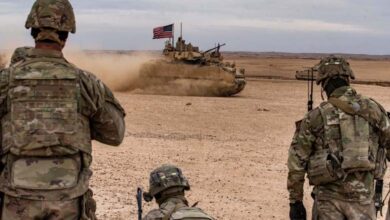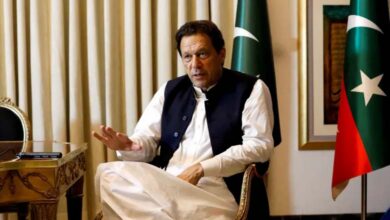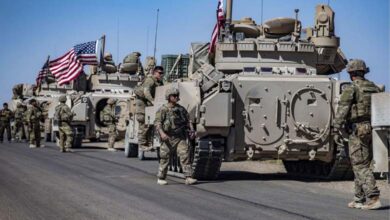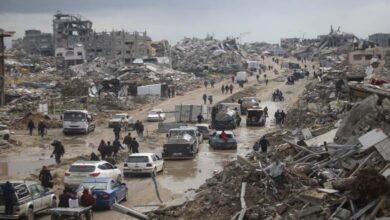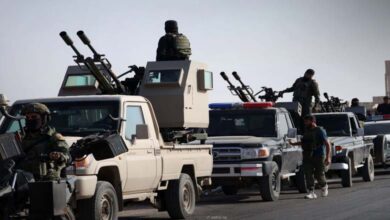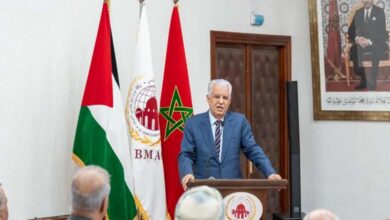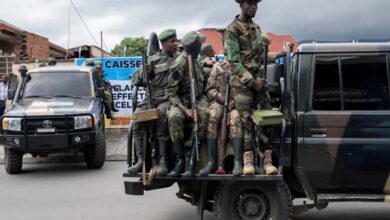Money and power struggles expose the true face of the Muslim Brotherhood: is the movement collapsing from within?

The Muslim Brotherhood is experiencing an unprecedented wave of internal fragmentation after years of losing direct influence in Egypt and across the region. Disputes among its leaders abroad have intensified over the management of the organization’s vast funds and investments accumulated over decades.
-
Gaza Agreement Exposes the Muslim Brotherhood: Egypt as a Scapegoat to Divert from Internal Rift
-
Muslim Brotherhood Scandal in Austria: Sleeper Agent Shakes Intelligence Service and Reopens the Infiltration File
These financial and organizational divisions have evolved beyond mere internal disagreements into a fierce conflict that now threatens the unity and stability of the movement, exposing the true nature of leaders who once claimed to stand for reform and religious preaching.
According to Egypt’s “Newsroom” website, journalist Sameh Faiz stated that the Brotherhood is currently going through one of the most dangerous stages in its history, as its leaders engage in fierce competition for money and resources under the banner of religion and charitable work.
-
The Muslim Brotherhood in Italy proposes a bill to ban wearing the niqab and burqa in public places
-
After the Arrest of a Hamas Cell in Berlin: The Brotherhood’s Danger Infiltrates Europe
Faiz noted that the crisis erupted after several senior figures fled abroad, particularly to Turkey and the United Kingdom, where internal battles began over controlling the group’s properties and turning them into private ventures. Documents and reports have shown that key figures such as Mahmoud Hussein, Ibrahim Munir, and Ahmed Abdelrahman were involved in transferring apartments and real estate registered in the Brotherhood’s name into personal ownership. Meanwhile, members were encouraged to donate to projects branded as humanitarian or rights-based to legitimize questionable financial practices.
The roots of the crisis go back to the aftermath of the arrest of the Supreme Guide Mohamed Badie and his deputy Khairat El-Shater in 2013–2014, when an administrative committee was formed to manage the Brotherhood’s affairs. However, this body soon split into rival factions competing for control and resources, paving the way for leaks and financial scandals that exposed deep internal divisions.
-
Germany’s Muslim Brotherhood between delayed ban and soft confrontation: Is the European equation about to change?
-
Muslim Brotherhood Infiltration Shakes France’s Left: Bleeding Inside Mélenchon’s Party
This turmoil has also extended to Europe, where three competing factions are now vying to control the Brotherhood’s financial assets following the freezing of certain accounts and the exposure of funding sources.
The internal struggle highlights the movement’s structural weakness and its inability to maintain organizational cohesion, despite its public rhetoric of reform and transparency. It also raises an essential question: does this fragmentation signal the beginning of the Brotherhood’s end, or is it merely a tactical restructuring meant to conceal internal corruption and preserve limited influence abroad?
Observers believe that the persistence of these internal disputes will not only damage the group’s image among its supporters but will also directly undermine its ability to survive as a viable political force. Ultimately, these conflicts reveal the widening gap between the Brotherhood’s public discourse and the real behavior of its leadership.


